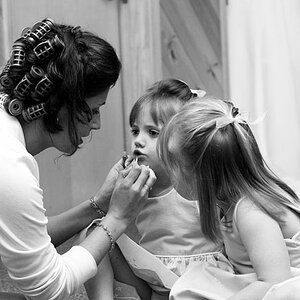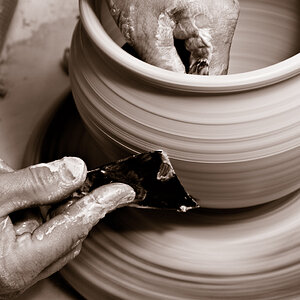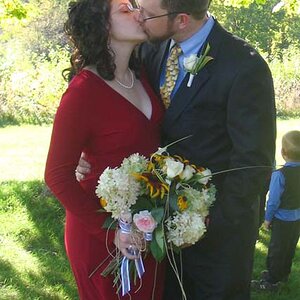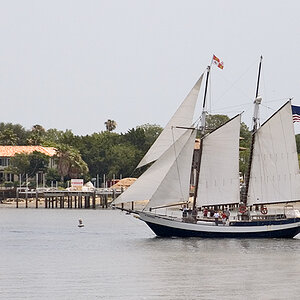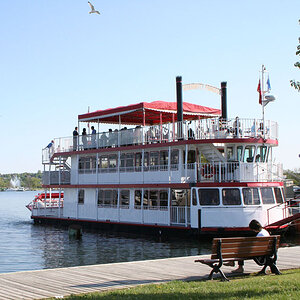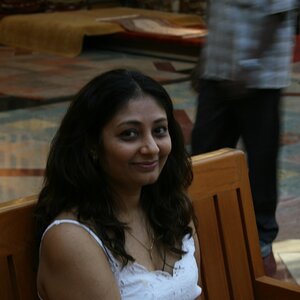sjlogghe
TPF Noob!
- Joined
- May 3, 2010
- Messages
- 9
- Reaction score
- 0
- Location
- Wisconsin
- Can others edit my Photos
- Photos OK to edit
Heading to Alaska at the end of the week. I've been trying to read up on how to use the new camera, (D5000) and bought a couple photog books to study up on before I leave.
But I thought I'd ask for some suggestions on camera settings for taking pictures in Alaska??!! Lots of scenery pictures, glaciers, etc. I haven't had as much time before the trip to play around with settings as I had wanted - so some tips would be greatly appreciated.
Thanks!
But I thought I'd ask for some suggestions on camera settings for taking pictures in Alaska??!! Lots of scenery pictures, glaciers, etc. I haven't had as much time before the trip to play around with settings as I had wanted - so some tips would be greatly appreciated.
Thanks!


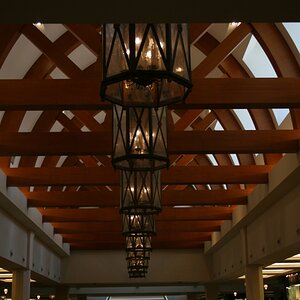
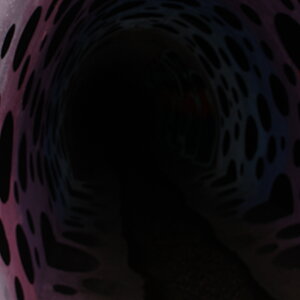
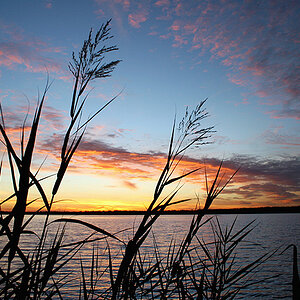
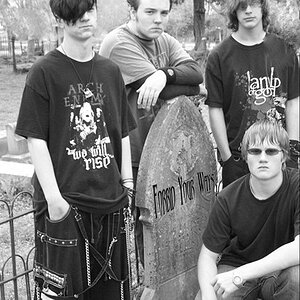
![[No title]](/data/xfmg/thumbnail/41/41932-53eeba896d5bf8f132e52d5277f94ce2.jpg?1619739946)

